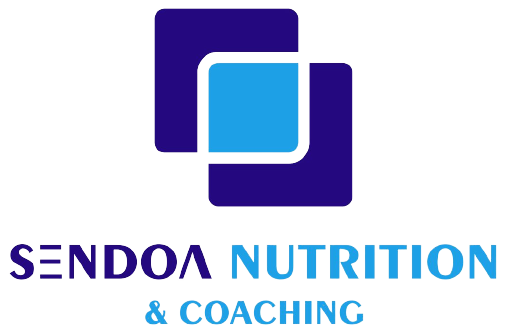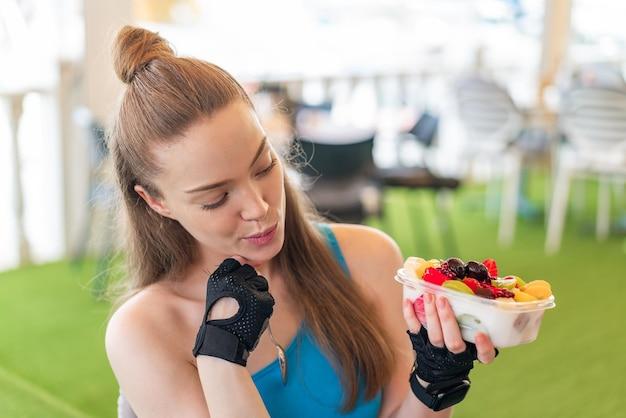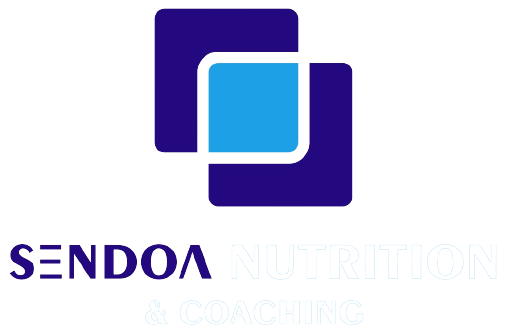Participating in a triathlon game is what one can dream of. It combines three different domains of races, i.e., cycling, running, and swimming, to form one race. The duration of each race is highly contingent on the event, such as the Ironman Triathlon, Half-Ironman, Olympic Triathlon, Sprint Triathlon, and Super Sprint Triathlon.
Do you get to know what to eat before a triathlon? The ‘Ironman,’ the longest triathlon that covers a distance of 226km, is taking a benchmark to know the food we consider before a triathlon so your body gets the desired level of resources and energy required.
It is important to know that if you take the wrong diet before the triathlon, your performance might get badly affected, and there is a high chance of DNF (did not finish) against your assigned number, which you never really want.
Conversely, if you intake your diet properly, your performance is at new heights, and you heal quickly from any misfortune. Here are a few suggested meal guidelines for beginners that help to boost their performance during the triathlon race.
Things You Need to Know Before Participating in Triathlon
If you ingest a properly nutritious and balanced food, there is less requirement of refueling in between the triathlon, which normally takes 120 minutes or so to end, so the only thing triathletes require is the liquid intake for rehydration.
It is imperative to remember that your body has a natural ability to store energy in the muscles. It presents in glycogen form that helps you to keep up your performance at peak. Though it varies on individual requirements, and especially based on the event and conditions, that long the race is to continue.
It is, therefore, recommended to opt for a refueling strategy on occasions like the Ironman Triathlon, Half Ironman, and Olympic.
Read More: How to Become a Certified Triathlon Coach?
What to Eat Before a Triathlon
Before participating in the triathlon or any long-distance race, carb ingestion is an extremely endorsed source of nutrition to build up glycogen prior to an event.
You also keep in mind that to avoid excessive use of fiber, as it can increase the chances of cramps and bloating, this is the last nutritional meal you intake just before pushing towards the finish line!
When to Eat
The recommended time for eating a meal for triathletes is 2 to 3 hours before starting the race. This practice will help your body to have plentiful time to build up your energy stores and to digest your meal. It also helps to control the nausea and stitch you might face during your first leg or starvation before you even begin.
A balanced and ideal diet for a triathlon should contain healthy fats, carbohydrates, and protein. Besides that, fresh fruit, peanut butter, almonds, and Porridge are some great options, too.
Last but not least, don’t overlook the intake of plenty of water that prevents you from dehydration!
What to Eat During a Triathlon
The significant aspect of contributing to triathlon is there is a transitional phase in three different domains, which means you are vital to adjust the refueling needs based on the requirement of each subdomain for your leg.
The swift change in the triathlon race demanded a hasty approach to maintaining an energy store. The best way to grab and gain added energy is to ingest snacks that keep you up for the upcoming phase.
It is recommended for triathlon to intake flapjacks, dried fruits, energy gels, sandwiches, energy bars, sweets, and Energy drinks, and these are the most preferred snack ideas for a triathlon.
Swim Nutrition
It is the initial leg of the triathlon race. For this leg, your body needs to have plentiful energy stores that help you to top up your performance throughout the entire swim race.
In case your swim race is particularly long or due to personal preference, you have to focus on increasing your consumption of energy drinks and snacks that are the easiest and quickest way of enhancing energy among lengths.
Read More: What Is a Good Time for a Sprint Triathlon?
Cycle Nutrition
Once you finish the initial stage, i.e., swim, you are ready to go into the next leg. For this leg, you may require a boost. One important thing is to know that you have to refuel before you think of dipping the energy.
This might cost you valuable instants. So, eating solid food on a cycle is much easier than that of swimming or running. Therefore, now it would be a virtuous idea to ingest snacks like flapjacks and energy bars.
Interestingly, food is easily managed and taken on a cycle by the support of strips and particularly designed zipped food bags. Last but not least, don’t overlook the intake of plenty of water that prevents you from dehydration!
Run Nutrition
After the completion of the last two legs, the final one in the triathlon race is running. In this final stage, you may feel your energy depleting.
So is the time when you eagerly need energy gels, gummies, and sweets that can help you with a pick-me-up, which pushes you toward the ending line.
Also, the small-sized energy-filled snacks are easy to get away with whilst running. Hence, your progress isn’t hindered.
What to Eat After a Triathlon
Once you cross the finish line, you might have to sip an alcoholic beverage. After 15-30 minutes of the completion of your triathlon and being done with the celebration, you have to take 40 to 50 grams of carbohydrates, and 15 to 25 grams of protein, containing 240-300 calories.
And once you’re back home, dry up yourself, get warmed up, and consume a proper meal of green vegetables and fish. Due to the excessive anti-inflammatory properties contained in these meals, your muscles will recover easily and quickly and feel better the next day.
Read More: How Much Time Does It Take to Train for a Triathlon?
Final Words
The best way to prepare for triathlon food is to practice on a daily basis. Everybody is unlike others, so they have unique needs and requirements. This is the reason that certain bodies react differently to some exercise, stress, and foods. So, the first thing is to pay attention to your body. Avoid experimenting all of a sudden on a big day!



